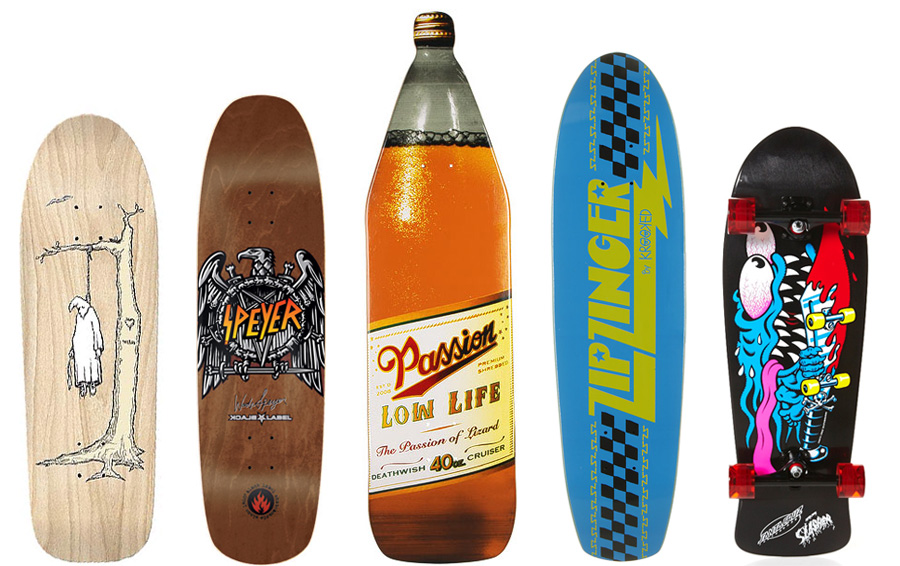
Whenever you flip through a board company’s new catalog, it’s now very common to see non-popsicle and odd-shaped boards given some level of prominence. The amount varies, with brands like Girl, Zero, and Deathwish having a small selection while popsicles are totally absent for Welcome skateboards. Where exactly did this burgeoning fascination come from?
While non-popsicle boards obviously have a long history within skateboarding, their current revival may exist as a reaction to a culture that is seen as becoming stagnant and watered-down. Odd-shaped boards are an attempt by skaters to revive a subculture that is under the threat of losing its way. I reached out to David, founder of odd-shaped upstart Surprise Skateboards, and skateboarding historians and non-popsicle devotees Jeff Grosso and John Lucero to figure it out.
Jeff Grosso: “Well, if you want to talk about shaped boards, you have to talk about Lucero. I mean, he was the guy really holding the torch and making sure that that didn’t die out. Whether it was my shape or a Jason Adams punk point, he was willing to take that risk.”
“We have always made non-popsicle shaped boards,” Lucero says. “Right now, we have twelve different shapes. Back in the day, I knew popsicles were becoming the standard and, actually, Black Label was one of the last companies to adopt them. Like, we made them, but they were just another shape that we made along with others. And eventually, those became the only things that kids wanted and shops were ordering. I never stopped making non-popsicle shapes, but there weren’t as many.”
At the beginning of the 2000s, John Lucero’s Black Label not only was releasing non-popsicle boards, it also branched off into Red Cross (then Red Kross, now Emergency) to focus on releasing only “old school” and non-popsicle shaped boards. It’s an idea that David points to directly: “In my mind, [Surprise is] borrowing pretty heavily from Black Label and the Emergency stuff. I started skating when a board was anything but a standard deck. So when brands like Pocket Pistols or Black Label started releasing a bunch of shapes or ALL shapes, I embraced the idea. Makes perfect sense to me that there would be a brand or two with nothing but non-standard shapes.”
”They bring some style back to skating. You can look like an actual individual.”
Lucero: “They always sold whenever shops carried them, but the only way we could convince people to order or buy them was calling them an ‘old school deck.’ Like it was some kind of novelty that it was so crazy to see someone on for a few minutes before they pulled out their ‘real’ board.”
But this small resurgence can also lead to a lot of problems. As Grosso explained to me, you can’t just slap together a shaped board and call it a day. They take a lot of planning and tweaking: “Lucero used to sit there, shaving fractions off of cardboard to make the shape work. That’s what a lot of people making these shapes don’t get—different shapes for nose and tails means that all of the other geometry is different too. You can’t just make them look weird and put them on a popsicle shape.”
Lucero: “It takes time man. There is so much to a board that people really don’t know when all they focus on is how wide it is. One 8-inch board can feel like a completely different from another one because wheelbase, pockets, concave, nose and tail length, all of that shit makes a huge difference. You have to take the time to really shape the template and square everything up and all of it matters.”
This is a practice that all quality brands take seriously. When Deluxe started to focus on making some non-popsicle shapes, they turned to Grosso to help design them, down to concave and wheelbase. This shoddy workmanship might be responsible for the misconception that odd-shaped boards are intended as cruisers and novelties; that although there are some people who can do some pretty cool stuff on odd-shaped boards, for the majority of us, they simply cannot replace the popsicle shape.
Their proponents disagree.
“People can call them cruiser or beer store boards all they want, but I’ve always used them as a functional board,” explains Jeff Grosso.
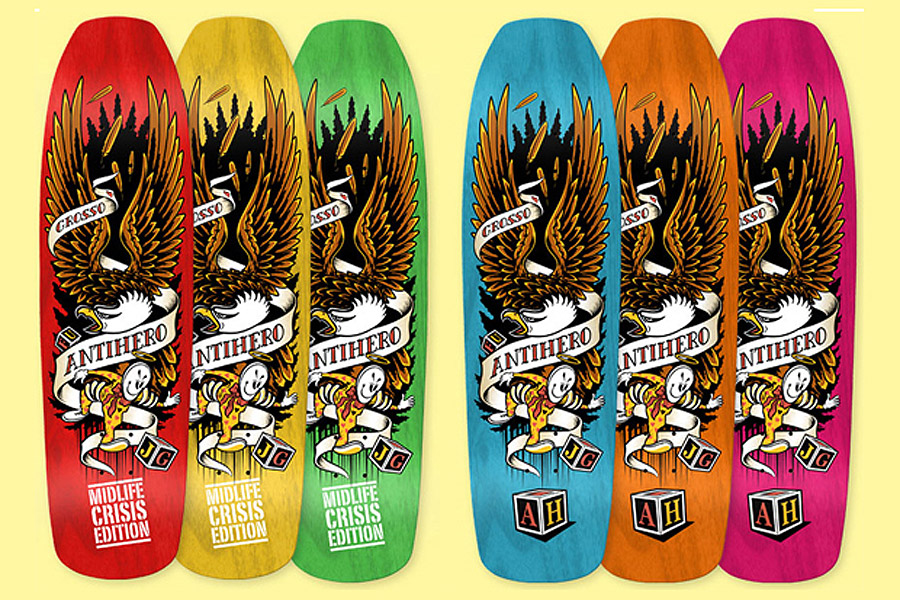
John Lucero has literally forced his riders to skate non-popsicle boards: “Oh, I only skate 8 inch boards, so I tell them, ‘No man. Fuck that. Here’s an 8.5. You’ll skate this.’ And then I don’t let them skate anything else. They bitch and moan at first, but then they get used to it and try to tell me, ‘Oh, I only skate 8.5 now.’ So then I make them skate a shaped board and they’ll cruise around until they’re used to it and then they love it. Fuck man—who cares? It’s just a board and it’s just skateboarding. Sizes or shapes don’t fucking matter, just have a good time and stop worrying about it.”
These feelings don’t answer why odd-shaped boards are making a resurgence right now, although everyone has theories describing why. Perhaps the most obvious is that there is simply a market for them now that wasn’t as strong in previous years. Although skateboarding is still relatively young, it is old enough the adults who used to skate now have kids that they want to introduce to skating and want an opportunity to share their experiences with them.
According to Grosso, “these are middle-aged men are showing their kids something awesome that happened to them and want to share it with them. And hopefully they realize that a 40 year old dude might need a little more room than 8.5 and it just so happens that a lot of these wider boards aren’t popsicles.”
As street skating became the most important and popular type of skateboarding, the popsicle shape won out not only because of its utility (the Gonz even credits skating’ rapid progression to the popsicle shape), but as a way for those skaters to “differentiate themselves from the old guard” (Grosso). As those early street skaters grew up and began to focus on other aspects of their careers, they also seem more focused on enjoying skateboarding (see Mike Carroll’s comments post-Fully Flared). Going along with this shift might be a willingness to embrace different and retro elements of skating that they previously tried to ignore—both tricks or board shapes.
The Gonz is a perfect example of how this progression happens. Krooked was one of the first large companies to make a sustained effort at pressing and marketing odd-shaped boards alongside popsicle shapes. He made a conscious effort to release videos around these boards (even if they were cruiser heavy) and even went through a stage of only skating weird shaped boards, like his super long popsicle. By doing this, odd-shaped boards become seen as a viable alternative and they see way more conducive to having a good time. Plus, everyone wants to be like the Gonz, even if it’s just something as small as skating a Zip Zinger because you saw him on one.
Welcome, however, had much more serious reasons for making odd-shaped boards. Jason’s own words work better than mine:
“I was just so bored of skateboarding. There wasn’t a single company that we could identify with. It was an amalgamation of everyone just kinda sucking and mailing it in. So Nolan (Johnson, a Welcome rider) and I were like, ‘We should do a company of all these things that we love just for ourselves.’ And it started out with one shape—wouldn’t it be cool to do a punk point with a rounded tail?—and from there, it became more experimental as it started working. It was like I put up our freak flag and all these weirdos were like, ‘Not only is this functional and it looks good and you look down and feel cool, it’s a statement saying that I reject everything you guys are about.’ ”
”Not only is this functional and you look down and feel cool, it’s a statement saying that I reject everything you guys are about.”
David from Surprise has a similar philosophy: “I’ve always thought that one of skateboarding’s biggest assets was that it encouraged us to push the boundaries. From the actual act of skating to the graphics and decks that we employ, there are numerous opportunities to express (or discover) who we are. As creative as we think we are, skateboarders still all go back to that standard 7ply deck. It has always seemed to me that each new deck presented a chance to explore skateboarding further. Why wouldn’t you take a chance and go from a Real deck to a Welcome deck to a Scum Co. deck or whatever? That’s the fun stuff. A new set up is awesome, why wouldn’t you want it to be a new adventure each time?”
Lucero: “Dude, let’s face it—skateboarding isn’t a big deal. It really isn’t. It’s hanging out with friends at a curb and drinking a Coke, talking about the girl you like or how much school sucks or how rad your board looks or whatever. And that’s what weird shaped boards mean, man. They’re a starting point to remember that skating is supposed to be fun. And they just look better. They bring some style back to skating. You can look like an actual individual. And that’s pretty much what skateboarding is supposed to be about. And when you make or skate odd-shaped boards, you learn more about how the boards are made and how all these little details and measurements matter. Anything that makes you more knowledgeable and aware of your board is good for skaters and good for skateboarding.”
For these brands, non-popsicle boards serve a very specific function. They act as a physical rejection of what skateboarding seems to have evolved into. By reclaiming, and improving upon, an aspect of skateboarding’s past, brands like Surprise, Elephant, and Black Label (to name a few), are taking a strong stance that skateboarding used to mean something—even if was just the one place that weird kids could be weird. The returning interest in shaped boards is another part of a trend that I’ve spoken about before: the increasing importance of companies willing to take risks in order to keep skating weird, to remind us that skating is actually about fun, that it’s more than arena contests, big shoe companies, and churning out the same boring products day after day.
Related Posts
Comments
Popular
-
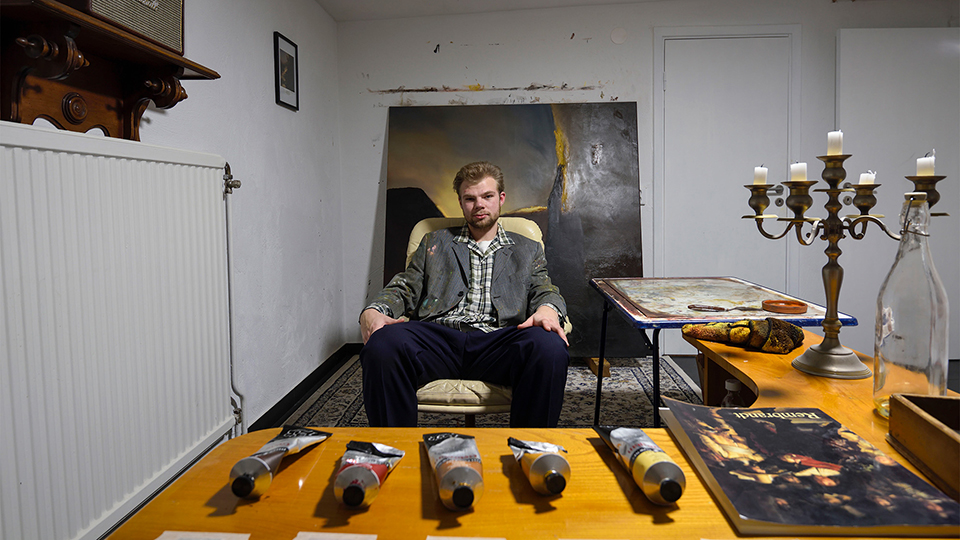 A CHAT WITH LUDVIG HAKANSSON, THE OLDEST SOUL IN SKATEBOARDING
A CHAT WITH LUDVIG HAKANSSON, THE OLDEST SOUL IN SKATEBOARDING
The man loves to read Nietzche, skates in some expensive vintage gear, and paints in his own neoclassical-meets-abstract-expressionist style.
-
 WHAT FILM CAMERAS ARE SOME OF SKATING’S BEST PHOTOGRAPHERS USING?
WHAT FILM CAMERAS ARE SOME OF SKATING’S BEST PHOTOGRAPHERS USING?
It’s easy to feel lost in finding your own go-to camera. We hope this helps.
-
 ETHAN LOY’S CANDID TAKE ON THE SKATE INDUSTRY, FAMILY AND HIS CAREER REBIRTH
ETHAN LOY’S CANDID TAKE ON THE SKATE INDUSTRY, FAMILY AND HIS CAREER REBIRTH
"Skating is bullshit compared to what I’ve been through."
-
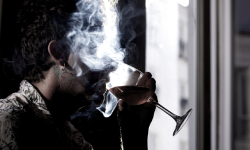 AN INTERVIEW WITH DUSTIN DOLLIN, THE LAST OF THE PISS DRUNX
AN INTERVIEW WITH DUSTIN DOLLIN, THE LAST OF THE PISS DRUNX
"It’s so weird being an alcoholic for 20 years and now my body feels fine."
-
 THE WAIT IS OVER: IPATH SHOES ARE BACK
THE WAIT IS OVER: IPATH SHOES ARE BACK
Cats, Grasshoppers and Fred Gall. What's going on with this IPATH reboot?

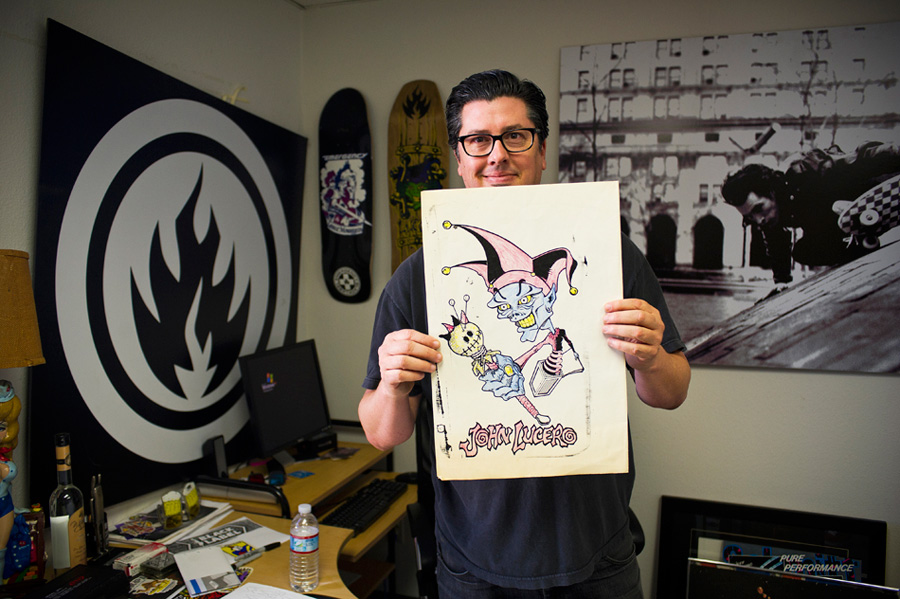
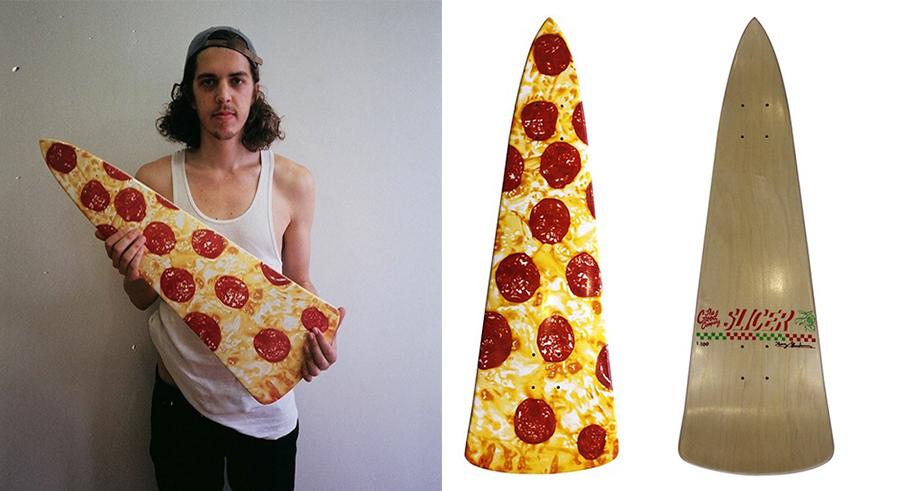
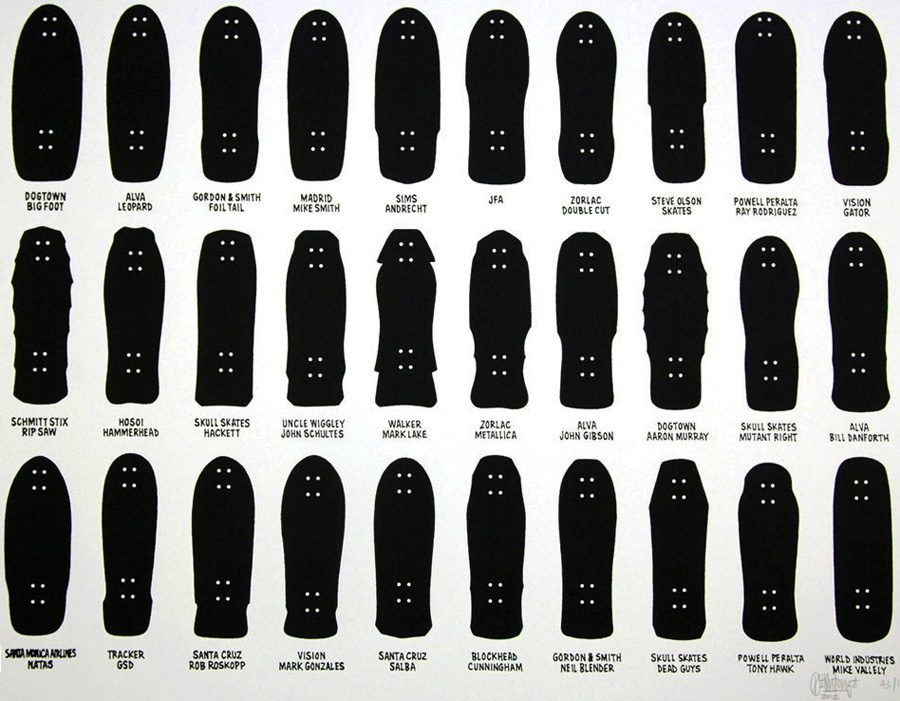
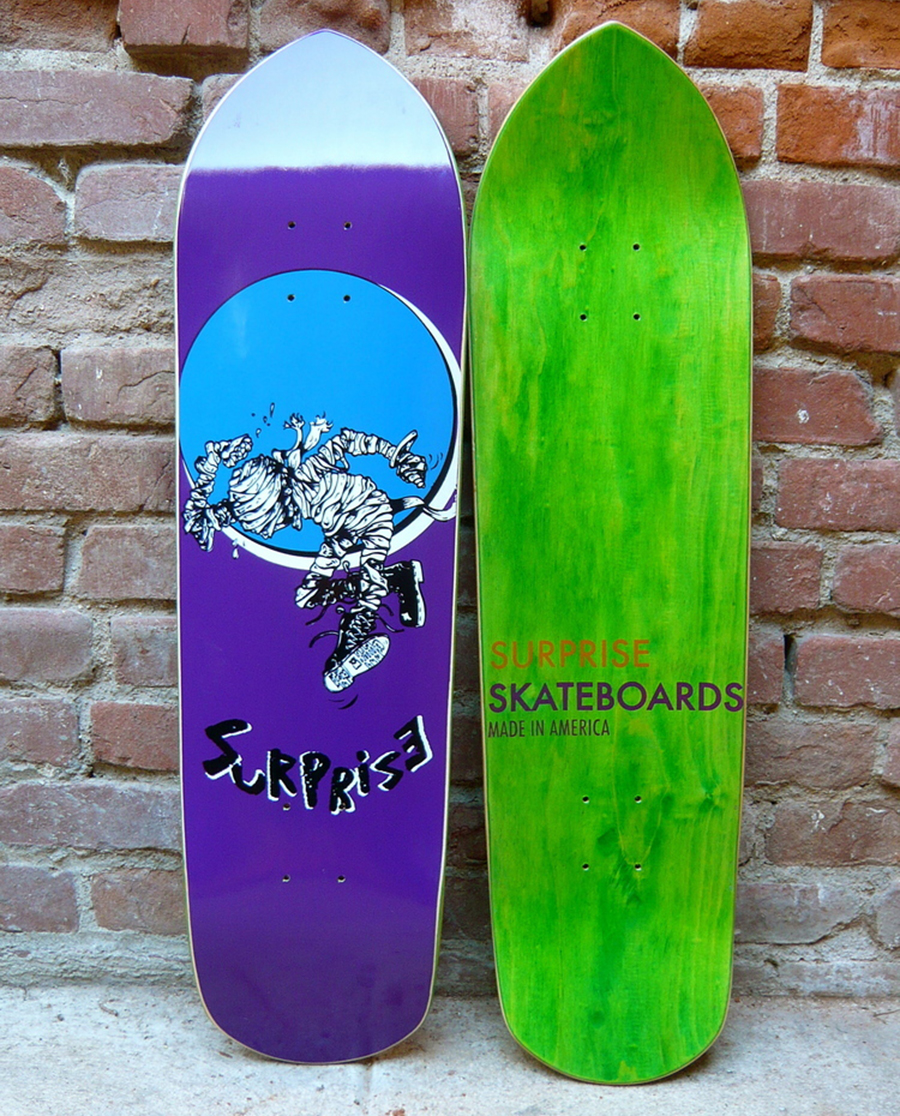
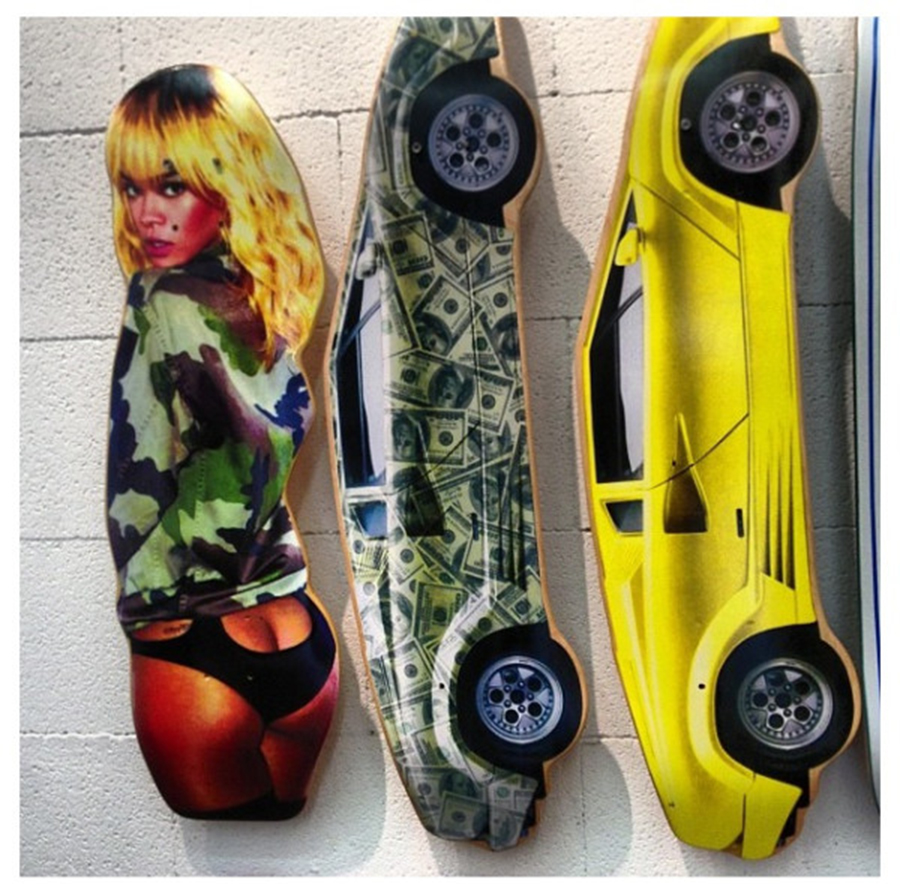
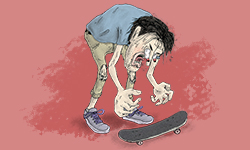
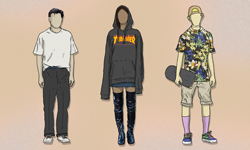
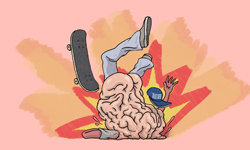
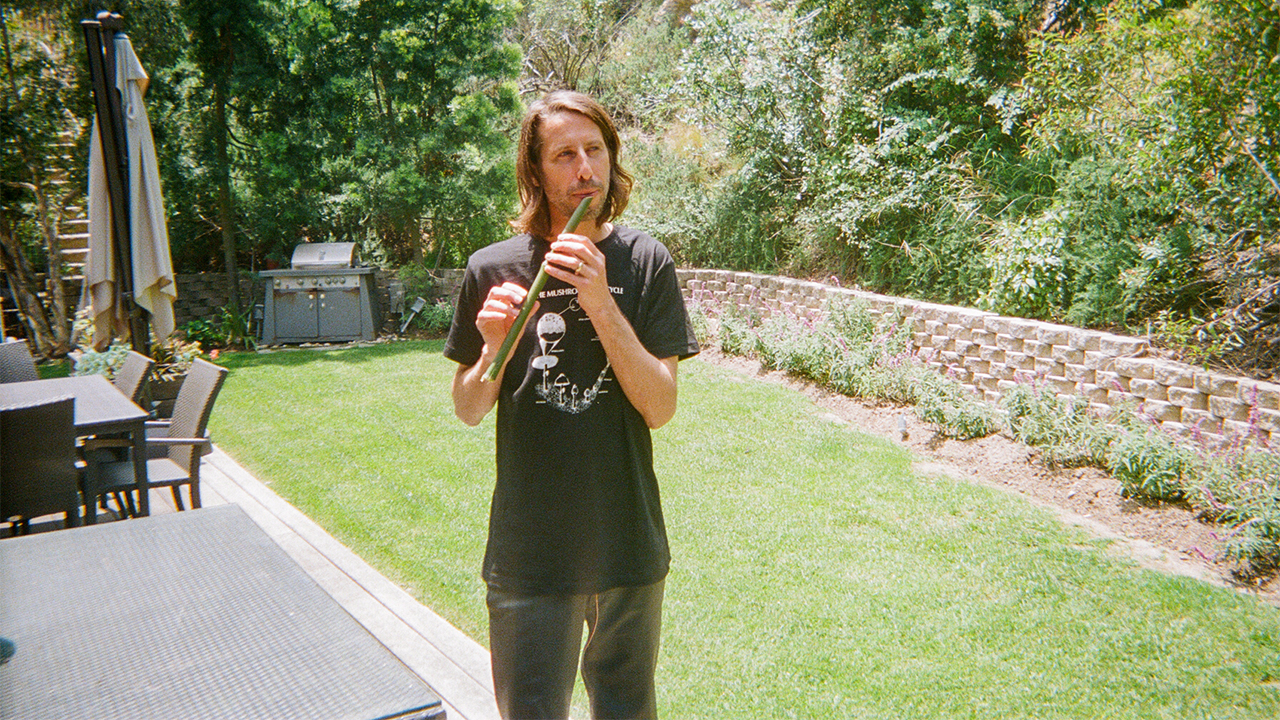
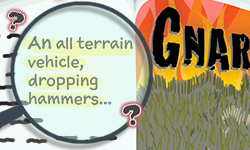

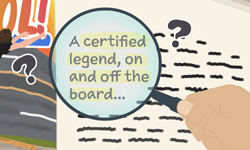
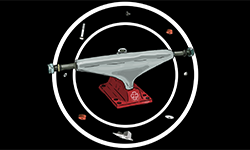
February 11, 2014 7:55 pm
Weird boards are for people who prioritise making a fashion statement over the quality of their tricks.
Skate companies push their alternative skate products in an attempt to create a niche market to compete against longboards, penny boards, and scooters.
I’m stoked whenever I see someone do something gnarly on a weird board, but then I imagine how much better they would be if they were riding a normal board.
Why would you want to ride something that will only hold you back?
February 11, 2014 10:18 pm
Peter_file perhaps you should be campaigning for skateboarding to be in the next Olympics? It is easy to romanticize the past but pre-popsicle, skateboarding was more about individual style, and expression, which made it very appealing to kids who did not fit the mold of ‘traditional sports.’. It was very subjective and could not be quantified. Uniformity and standardization weaken cultures. Variety spices things up and keeps it compelling. While, the end result of standardized equipment and tricks is boredom inducing Street League contest sand a standard of skateboarding that is elitist and inaccessible to the average kid on the street.
February 13, 2014 5:02 pm
elitest like supreme?
February 13, 2014 5:49 pm
Well said.
February 13, 2014 8:10 pm
dude, street league is gnarly – sure contests aren’t really the core of what skateboarding is about, but they’re still cool to have… back in the day every pro skated contests, and they didn’t really give a fuck if they won or not, they were just having fun.
of course there’s a new generation of skaters who are there entirely to win, and although they might not be your favourite skater because of their competitive personality, but who doesn’t want to see those crazy tricks? it’s better than everything else on tv.
If anything, it’s kinda a shame those pros focus so heavily on their consistency, rather than just doing the best tricks they can and making it fun.
c’mon man, skating at the olympics would be fucking sick, don’t be hater.
it would spread skateboarding to the rest of the world, and give heaps of people the chance to see how mad it is.
i don’t really enjoy watching team sports because it’s just too boring, but i can watch something like ice skating or gymnastics and appreciate the aesthetics, mostly because of the way I’ve learned to observe the movements and sub-movements of the human body through skateboarding.
I agree, skatings supposed to be accessible to the average kid on the street.
i don’t understand how a board shape, or even skate contests changes that accessibility.
you don’t have to try to be like those pros if you don’t want to… skate however the fuck you want.
if you just enjoy ollies and powerslide, I’m not trying to take that away from you… just keep the wheels to the ground dude.
where I’m from all skaters are united however you skate, whatever you look like, and I guess whatever board you ride… but weird boards are dumb if they don’t perform as well as a normal one.
February 13, 2014 8:12 pm
I don’t give a fuck what you do.
i support equality – ride a cock if it makes you happy… but all boards aren’t created equally
February 12, 2014 2:45 am
Hold you back from what? I often find it more fun to do ‘easy’ tricks on a weird board than harder tricks on a popsicle. The challenge is what makes a lot of them more entertaining to ride. And to hell with what could have been done “better”, being better is only a consideration for people who are hooked on progressing or care what other people think of their skating. Being “better” is what shits me about most skate culture nowadays.
February 13, 2014 4:28 pm
Choosing a fashion-over-function simply board holds you back from your own individual progression.
Everyone wants to get “better” but it’s up to each person to decide what “better” means to them…
If that means to try “easy” tricks on a weird board then I guess that’s fine, but to me it just seems like you’re giving up.
Pros these days are gnarly, but no one ever said you need to skate like them to enjoy yourself.
The “popsicle” shape has taken decades of engineering the design with technological improvement to evolve into its current form.
Although I would encourage anyone to attempt to improve the design, to intentionally devolve the shape is the equivalent of fucking a monkey.
February 11, 2014 9:44 pm
Check out http://www.shipyardskates.bigcartel.com too. They’ve been cranking out USA made shapes from the East Coast for a bit now. Solid product and resonates a similar vibe as the companies mentioned in this blog.
February 11, 2014 11:23 pm
Fickle Skateboards Enough Said
February 11, 2014 11:37 pm
I think people got comfortable with the popsicle shape because boards are so expensive. We’re constantly having to replace them and at $50 a pop, we want to get used to a certain shape and not have to adapt our skating style to accommodate a new board every few weeks. For example, if i just got my backside flip dialed on an 8.5, I’m not gonna rush to get a 8.75+ wild shape in a week when I break my 8.5